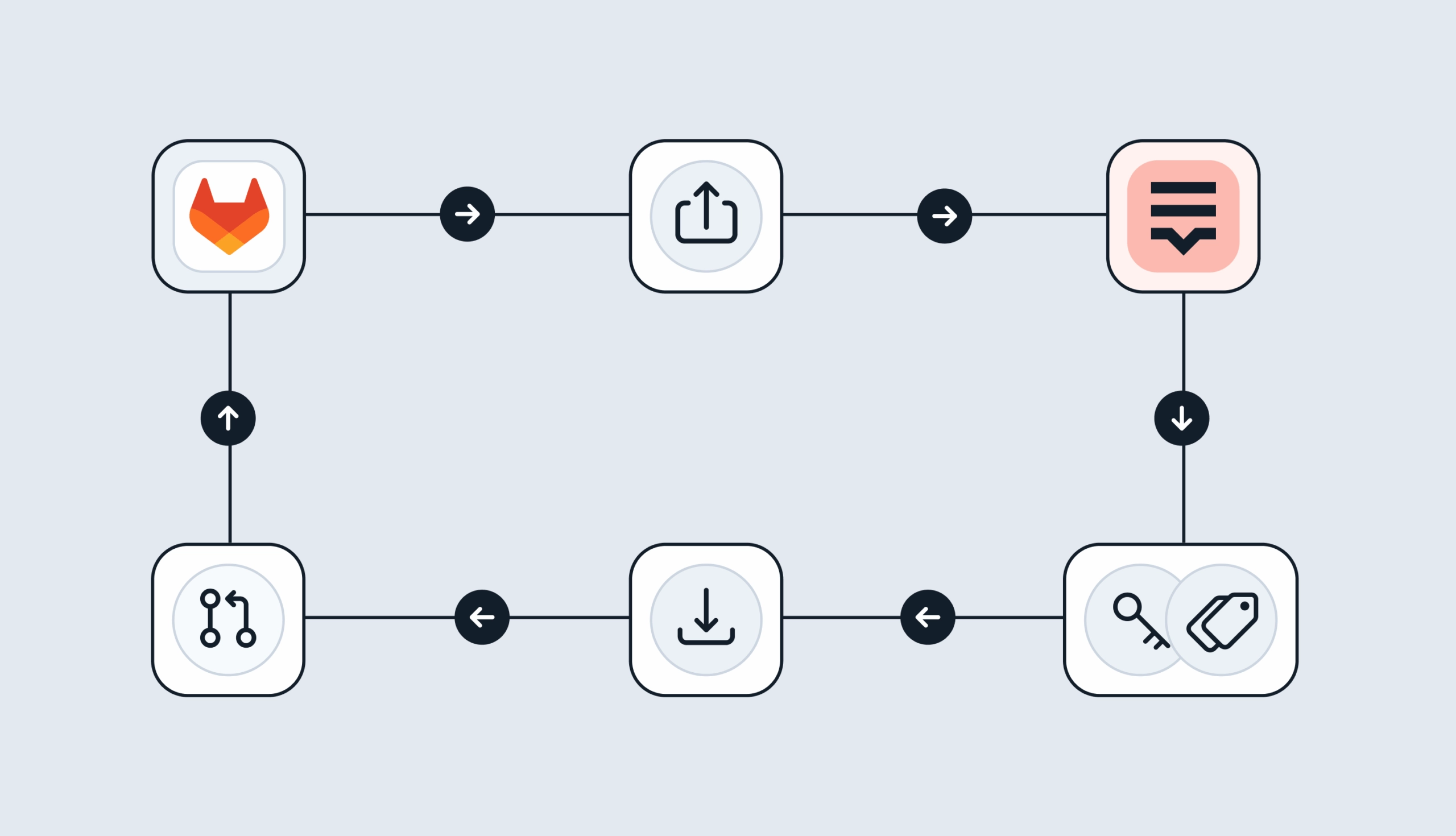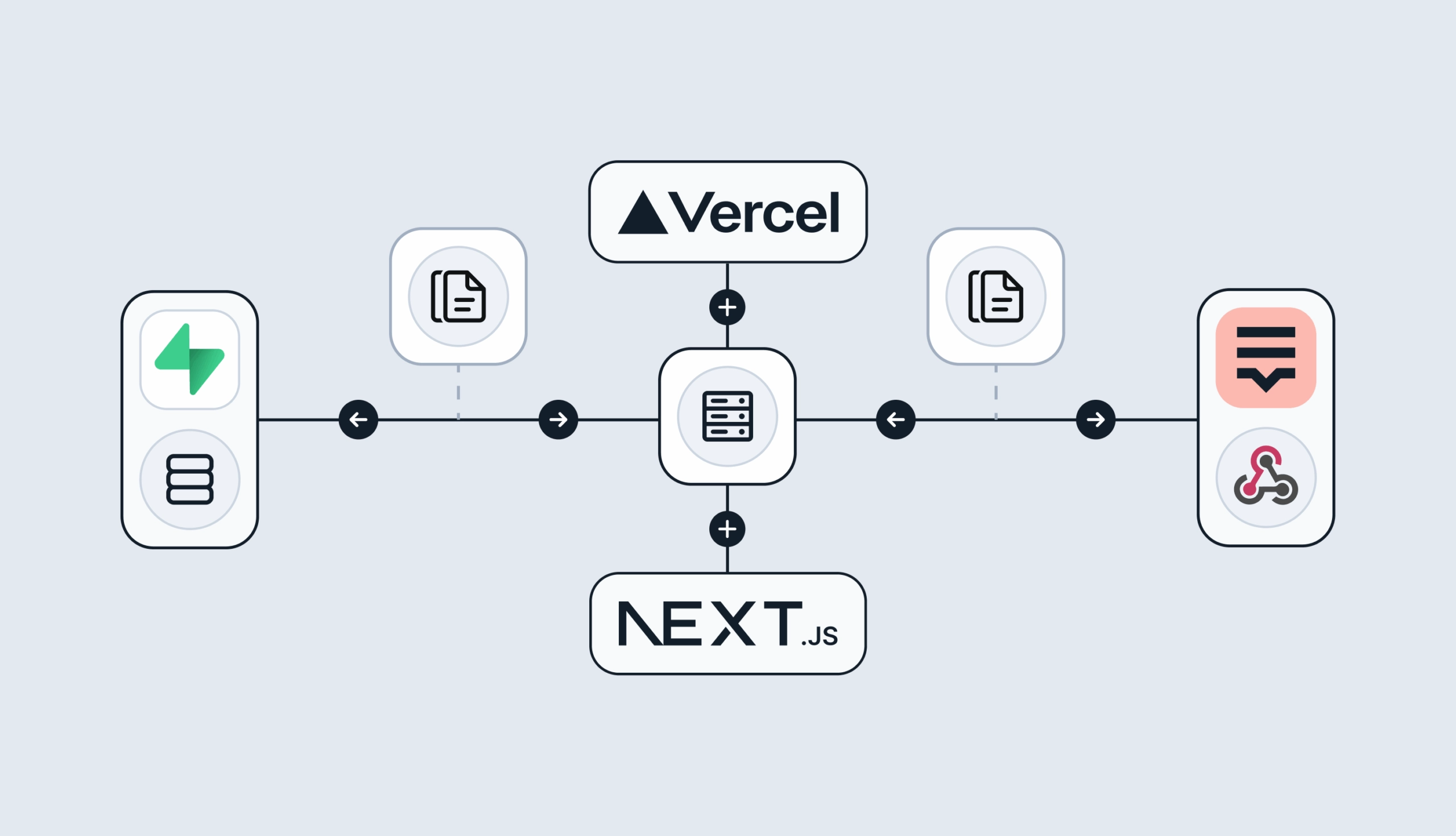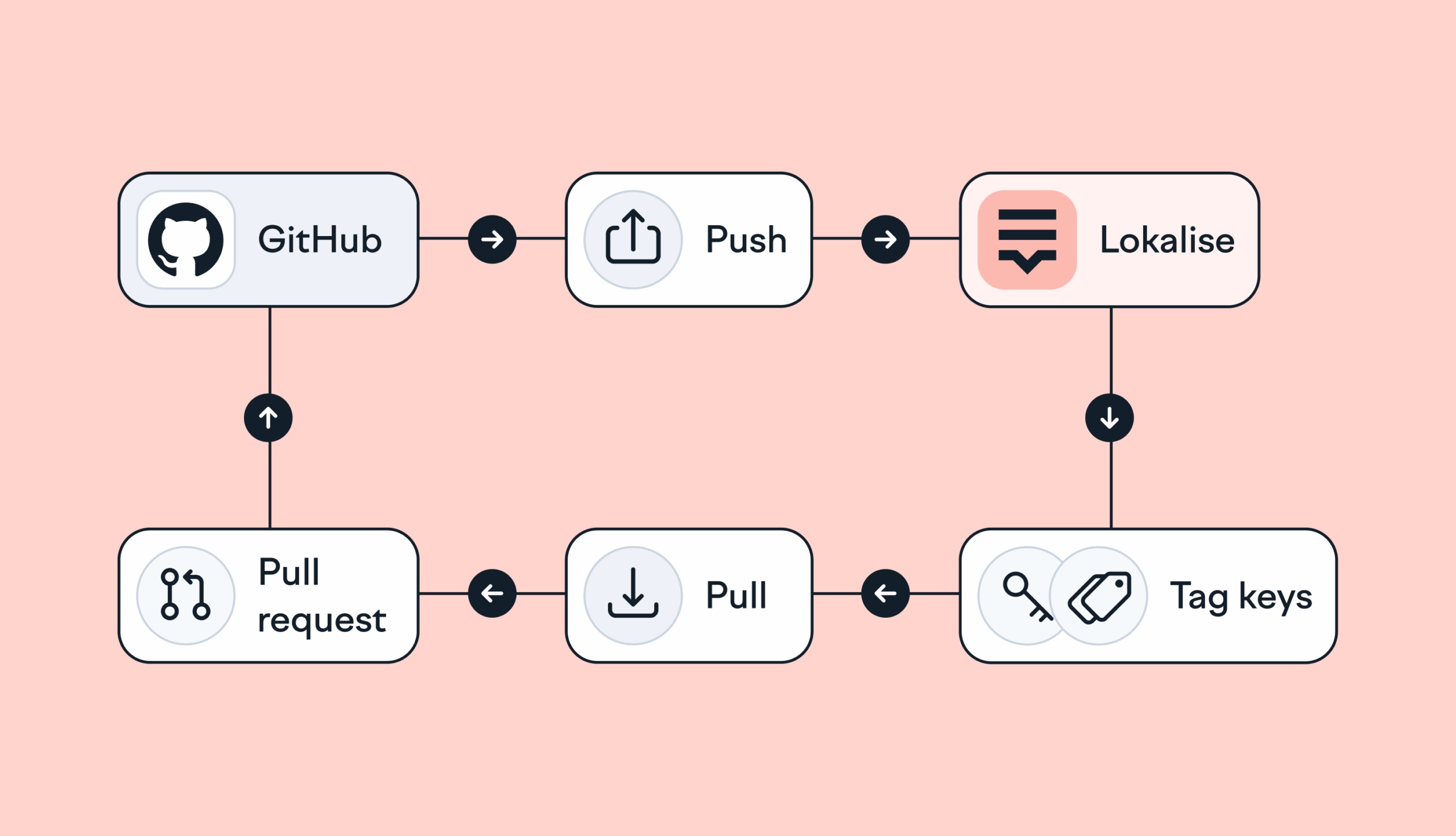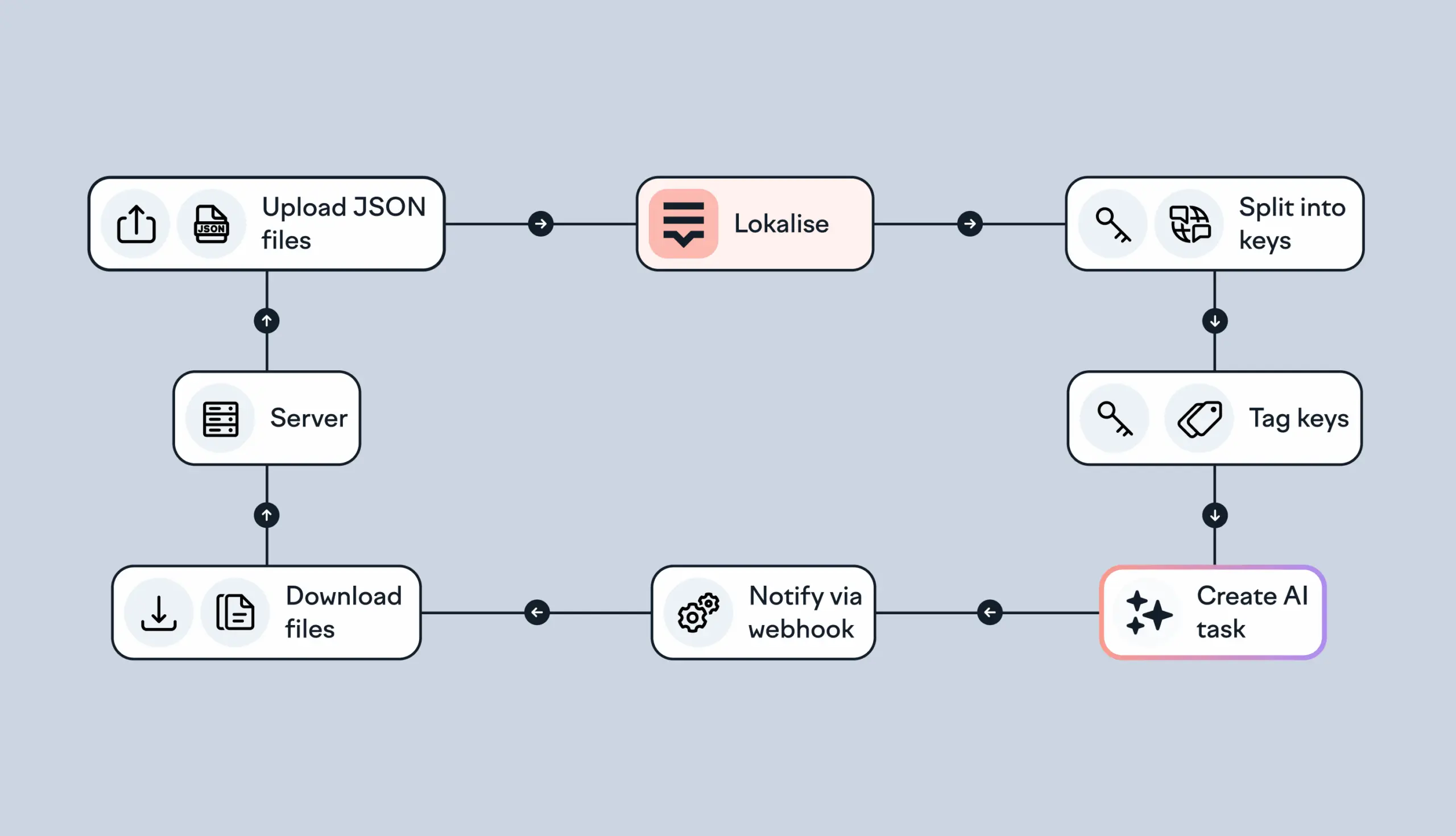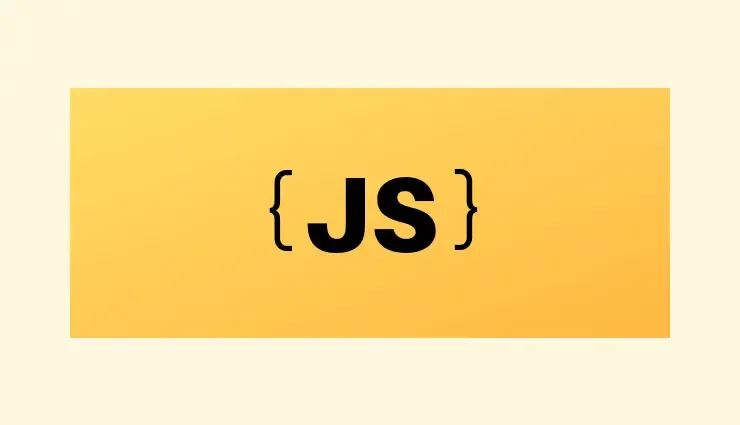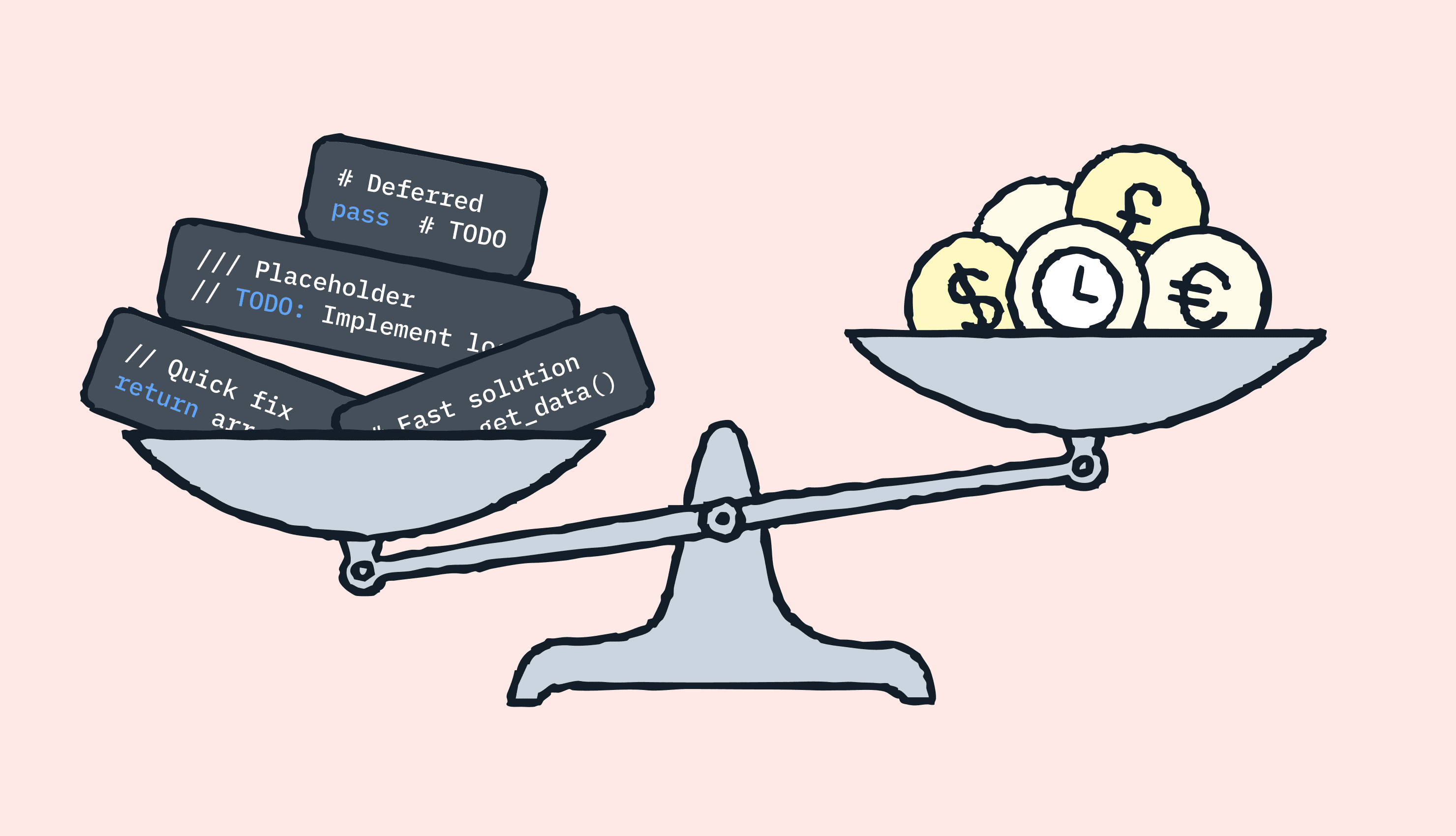Syncing Lokalise translations with GitLab pipelines
In this guide, we’ll walk through building a fully automated translation pipeline using GitLab CI/CD and Lokalise. From upload to download, with tagging, version control, and merge requests. Here’s the high-level flow: Upload your source language files (e.g. English JSON files) to Lokalise from GitLab using a CI pipeline.Tag each uploaded key with your Git branch name. This helps keep translations isolated per feature or pull request
Updated on August 18, 2025·Ilya Krukowski Build a smooth translation pipeline with Lokalise and Vercel
Internationalization can sometimes feel like a massive headache. Juggling multiple JSON files, keeping translations in sync, and redeploying every time you tweak a string… What if you could offload most of that grunt work to a modern toolchain and let your CI/CD do the heavy lifting? In this guide, we’ll wire up a Next.js 15 project hosted on Vercel. It will load translation files on demand f
Updated on August 13, 2025·Ilya Krukowski Hands‑on guide to GitHub Actions for Lokalise translation sync: A deep dive
In this tutorial, we’ll set up GitHub Actions to manage translation files using Lokalise: no manual uploads or downloads, no reinventing a bicycle. Instead of relying on the Lokalise GitHub app, we’ll use open-source GitHub Actions. These let you push and pull translation files directly via the API in an automated way. You’ll learn how to: Push translation files from your repo to LokalisePull translated content back and open pull requests automaticallyWork w
Updated on August 4, 2025·Ilya Krukowski Building an AI-powered translation flow using Lokalise API and webhooks
Managing translations in a growing product can quickly become repetitive and error-prone, especially when dealing with frequent content updates or multiple languages. Lokalise helps automate this process, and with the right setup you can build a full AI-powered translation pipeline that runs with minimal manual input. In this guide, you’ll learn how to: Upload translation files to Lokalise automaticallyCreate AI-based translation tasksUse webhooks to downloa
Updated on July 22, 2025·Ilya Krukowski What is an SRT file? Subtitle format explained
An SRT file is a plain text file used to add subtitles to videos. It’s one of the simplest and most common formats out there. If you’ve ever turned on captions on a YouTube video, there’s a good chance it was using an SRT file behind the scenes. People use SRT files for all kinds of things: social media clips, online courses, interviews, films, you name it. They’re easy to make, easy to edit, and they work pretty much everywhere without hassle. In this post, we’ll
Updated on June 19, 2025·Ilya Krukowski Libraries and frameworks to translate JavaScript apps
In our previous discussions, we explored localization strategies for backend frameworks like Rails and Phoenix. Today, we shift our focus to the front-end and talk about JavaScript translation and localization. The landscape here is packed with options, which makes many developers a
Updated on April 28, 2025·Ilya Krukowski Character encoding: Types, UTF-8, Unicode, and more explained
In this article, we’ll explore various types of character encoding used in the world of information technology. We’ll break down why encoding matters, explain how they function, and highlight the key differences between ASCII, UTF-8, UTF-16, and the Unicode Standard. Understanding these differences is essential for correctly handling text in any software application, especially when working with localized time and date formats that rely on proper ch
Updated on April 7, 2025·Ilya Krukowski What is technical debt?
Technical debt is what happens when developers take shortcuts to deliver software faster, knowing they’ll need to fix things later. It’s like cutting corners when building a house—maybe you skip some insulation to move in sooner, but down the line, you’ll have to deal with cold rooms and high heating bills. In coding, these shortcuts can mean skipping tests, using quick but clunky solutions, or ignoring best practices to meet a deadline. Taking on technical debt isn’t
Updated on March 17, 2025·Ilya Krukowski 